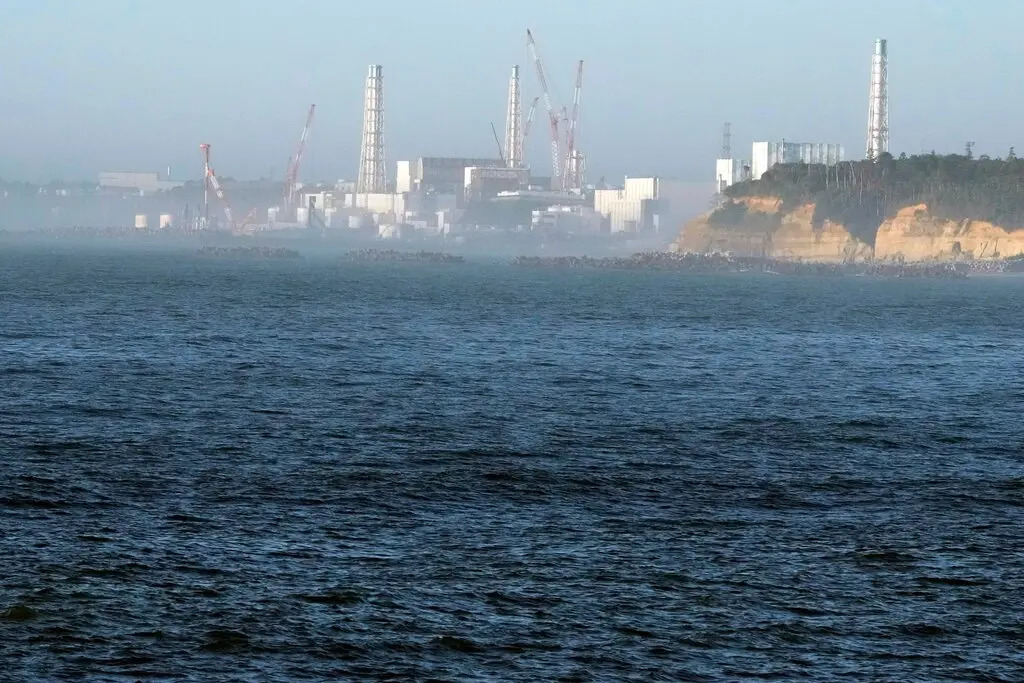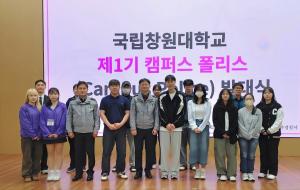 |
| ▲ A view of the Fukushima nuclear plant where radioactive wastewater is being treated and released (Source: The New York Times) |
On August 24th, just after 1 p.m., Japan commenced the release of treated radioactive wastewater from the Fukushima Daiichi Nuclear Power Plant into the ocean. Rainwater and groundwater are still flowing into the damaged reactor facilities, adding an average of 140 tons of wastewater per day. In response, the plant's operator, Tokyo Electric Power Company (TEPCO), announced its plan to treat and release the stored wastewater up to 500 tons per day for 30 to 40 years, which is divided into more than 1,000 storage tanks. The wastewater, released from Fukushima, located on the east coast of Japan, will flow into the Pacific Ocean, moving along the Kuroshio Current. It is then expected to circulate clockwise, passing by the United States and the equator before returning to Asia, eventually reaching Jeju Island through Tsushima current. According to an experiment conducted by the Korea Institute of Ocean Science and Technology and the Korea Atomic Energy Research Institute, it would take approximately 4 to 5 years for the wastewater to reach the waters of Jeju Island.
The treatment and release of radioactive wastewater, resulting from the Fukushima nuclear disaster, remains a controversial issue, encompassing various facets such as environmental, safety, economic, and international cooperation. Japan's persistence in advocating for "ocean discharge" is attributed to a lack of tank storage capacity and a belief that it is the cheapest and quickest solution to be free from the stigma of being a "nuclear accident country." Thus, advocates of the release of Fukushima's radioactive wastewater argue for the necessity of environmental lifting. In particular, the Japanese government continually appeals to the international community, claiming that there are no scientific concerns regarding the wastewater. South Korea has also not expressed strong opposition to the release of the wastewater, saying that it will not be a big problem if it is treated and discharged under scientific standards and international procedures.
Currently, Japan is using advanced treatment technology, which is called the Advanced Liquid Processing System (ALPS), to purify the radioactive wastewater. They claim that this technology minimizes the impact on marine life and poses no harm to humans. The International Atomic Energy Agency (IAEA), a United Nations agency, has also stated that the release is safe, with minimal impact on humans and the environment. Furthermore, as a result of measuring the tritium concentration of treated wastewater, it only reaches up to 1500 becquerels per liter, which is six times lower than the World Health Organization's (WHO) drinking water standard.
On the other hand, opponents of the release of radioactive wastewater express concerns about the potential adverse effects on the marine environment in neighboring countries such as South Korea and China, as well as on human health and seafood. The potential risks to marine ecosystems and the health of local residents are significant, and the environmental contamination could last for a long time. The controversy could have been mitigated if Japan had removed all the radioactive material before releasing the wastewater. However, there is no technology available to remove all 64 types of radioactive material contained in the wastewater. In addition, the Advanced Liquid Processing System (ALPS), which is used to purify the wastewater, has limitations in removing tritium. As a result, Japan dilutes the treated wastewater with seawater to reduce the remaining concentration of tritium. Once released, however, the environmental impact is irreversible, raising concerns worldwide. The government has been presenting follow- up measures to reassure the public, but protests have continued. Given this complexity, what measures should be taken to address the problem?
It's important to find a balance between safety and environmental protection. This issue can be resolved through dialogue and cooperation, not through Japan's solitary coercion. To alleviate public concerns and strengthen international cooperation, it is essential to reflect the voices of local communities and fishermen. In addition, scientific research and monitoring should be strengthened. Although the Japanese government has pledged thorough post- discharge monitoring, the long- term ecological impact of Fukushima’s radioactive wastewater remains challenging to estimate accurately. Therefore, recognizing that the problem of radioactive wastewater is a long- term task, continuous management through close verification and international consensus under strict safety standards are needed.
By Park Jeong-hyeon, reporter jhgongju0903@gmail.com
<저작권자 © The Campus Journal, 무단 전재 및 재배포 금지>

 Shrinkflation, Consumer Deception
Shrinkflation, Consumer Deception




